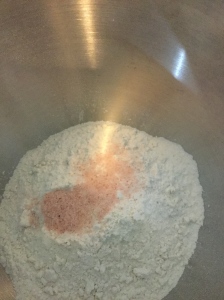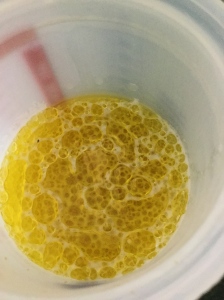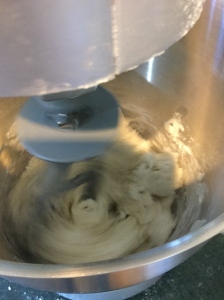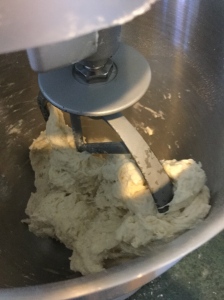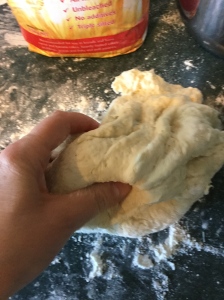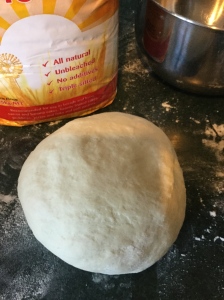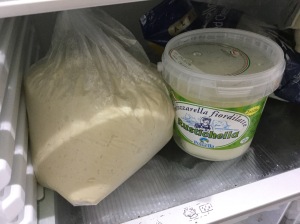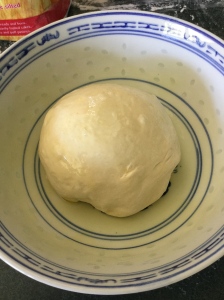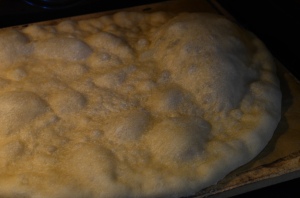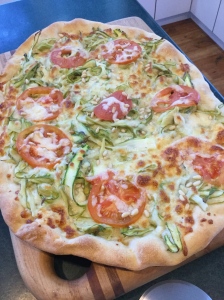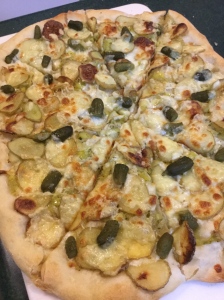
Kiwis take great pride in what they call their “number 8 wire” mentality. In a small, remote country peppered with small, remote communities, specialised materials can be hard to find. So, Kiwis have learned to make do. A Kiwi bloke, it is said, can fix anything with a piece of number 8 fencing wire. Kiwis are proud of their ability to improvise, adapt, and overcome.
When an earthquake knocked down Christchurch, they built a shopping mall out of shipping containers and a cathedral out of cardboard.
My Dad had a bit of the number 8 wire mentality. The wife wants a $1000.00 Tiffany lampshade for Christmas? Make one out of chicken wire and coloured glass.  Dragged your feet until all the Christmas trees are gone (Southerners put their trees up the day after Thanksgiving)? Build one out of dowels and holly branches from the garden. The wife flushed a toothbrush down the toilet and got it stuck in the U-bend? Take the toilet out onto the driveway and melt the toothbrush with your blow torch.
Dragged your feet until all the Christmas trees are gone (Southerners put their trees up the day after Thanksgiving)? Build one out of dowels and holly branches from the garden. The wife flushed a toothbrush down the toilet and got it stuck in the U-bend? Take the toilet out onto the driveway and melt the toothbrush with your blow torch.
Okay. That last one didn’t work out so well. Turns out ceramic toilets can catch fire. Which it did, burning for several minutes (long enough for neighbours to come gawp from far and wide) before breaking in half. Try living that down. I hear someone related that story, to gales of laughter, at Dad’s Memorial Service. Oh. Wait. That was me.
I’ve learned some things about improvising since moving to New Zealand. Cake flour not a thing? Take three tablespoons out of each cup of standard flour and replace with potato starch, then sift the hell out of it. No graham crackers? Use digestive biscuits. Chickens escaping into the primary school next door? Plastic snow fence. Broken accordion? Get a digital piano until you can find an accordion fixer — or a new accordion.
I haven’t found a way to use number 8 wire to fix an accordion.
The career you built over 25 years goes up in flames, along with your mental health and sense of self worth? Take your crazy pills and build a new self. One that you love. One that honours who you are, not who you think you should want to be.
She’ll be right.
I came to New Zealand to be a Professor of Defence and Security Studies and a Southern Hemisphere consultant on countering violent extremism and cross-cultural communication. Three years later, I’m a fairly anonymous food blogger and brassica evangelist. I’m also an aspiring accordion virtuoso with a broken accordion accidentally finding my bliss, and myself, on a digital piano.
Some would call that a failure. I call it a rebirth.
Food and music, it turns out, are a pretty good “number 8 wire” for a broken soul.
When I was in High School, I took up the saxophone so I could play in the Stage Band (part big-band, part Dixieland, part jazz, part dance band).  We played everything from World War II-era swing and Dixieland to Dave Brubeck and Frank Zappa, but I longed to learn to improvise. To take break free of the chart, fly, and make jazz magic all my own.
We played everything from World War II-era swing and Dixieland to Dave Brubeck and Frank Zappa, but I longed to learn to improvise. To take break free of the chart, fly, and make jazz magic all my own.
But I was too shy and, I thought, too female and too caucasian. I didn’t know the rules, and there must be rules. I reckoned I was too lazy and enamoured of my creature comforts to make it as a musician. In the 1970s, when I was teenager, becoming a professional chef certainly wasn’t a thing. Girls who could cook taught Home Economics. And I had this brain . . . and I could write . . . and I grew up around scholars . . . and history was in my blood.
So I followed the recipe. Played the notes that were written. Coloured inside the lines. Did what was expected of me.
White girls can’t jam.
I went to college. I got As. I earned a free ride to Graduate School. I got married. I got divorced. I got a Ph.D. I got a job at a Defense think tank. And I struggled to find ways to transform my longing to create into national security analysis. Sometimes, I almost succeeded. I hated about 50% of the work I did, felt “meh” about 40%, and loved about 10%. And, I reckoned, that was probably better than most people do. I made good money. I had amazing colleagues and friends all over the world. I did some valuable work. I traveled the world. Sometimes, as with my countering violent extremism work, I did work that made me proud and gave me joy. I don’t know if I made the world a better place, but the world made me a better person.
Then my parents got old. And they developed dementia. They weren’t eating. The house was a tip. But they didn’t want to leave. Again, I tried to follow the recipe, play the notes that were written, colour inside the lines. To be a good daughter. To make their lives better. To make them happy.
But this time, I failed. I hadn’t saved them from the indignity of getting old. Not because I wasn’t good enough, or didn’t try hard enough, or failed to follow the rules. I failed because failure was inevitable. I know this now. My parents were never going to be as they were. Our little family was gone for good.
So, I thought, was my anchor. I spent my life following the script of the good daughter handbook; working to make my parents proud. Not because they expected it, but because I did. But now I wasn’t a daughter. From now on, whether I liked it or not, my life was an improv.
I was terrified. I was setting out on a seven-year panic attack.
Luckily, I found a new anchor. On a train. In Australia. And reader, I married him.
And I ran away with him. To New Zealand.
Simon held me up when I broke. He pulled me away from the edge. He kept me safe. I know he was terrified, too. But he didn’t show it. Not to me.
He has supported all my various schemes to heal — through therapy, wall paper shredding, cooking, knitting, colouring books, a tattoo and an accordion.
And, oh, so much kale!
He saved my life.
But now, I know, it’s up to me to keep going. And growing. And I’m doing it without a plan or a rule book. I’m well off the map.
I’m tracking my adventure through this blog. And I’m playing my own, improvised sound track. Thanks to my remarkable music teacher, Katie, I’m learning that when it comes to music, and life, I don’t have to learn to walk before I can run.
This white girl can jam!
.















 That could stand in for chicken stock, but what about the noodles? That’s when I hit upon won tons. I’d had dumplings on the brain since I made pot stickers for Chinese New Year. Some yummy won tons in a slightly Asian-ised vegetable broth with a few fresh veggies and lots of tummy-settling ginger would satisfy my desire for throat-and-soul-soothing, brothy soup while constituting a sufficiently hearty meal for my hardworking sweetie.
That could stand in for chicken stock, but what about the noodles? That’s when I hit upon won tons. I’d had dumplings on the brain since I made pot stickers for Chinese New Year. Some yummy won tons in a slightly Asian-ised vegetable broth with a few fresh veggies and lots of tummy-settling ginger would satisfy my desire for throat-and-soul-soothing, brothy soup while constituting a sufficiently hearty meal for my hardworking sweetie.



 I love that. Triumph means so much to me, given my lifelong war of attrition with depression and anxiety. And the lotus flower symbolises, according to buddhist.org, “rising and blooming above the murk to achieve enlightenment.” My next tattoo will be a lotus flower.
I love that. Triumph means so much to me, given my lifelong war of attrition with depression and anxiety. And the lotus flower symbolises, according to buddhist.org, “rising and blooming above the murk to achieve enlightenment.” My next tattoo will be a lotus flower.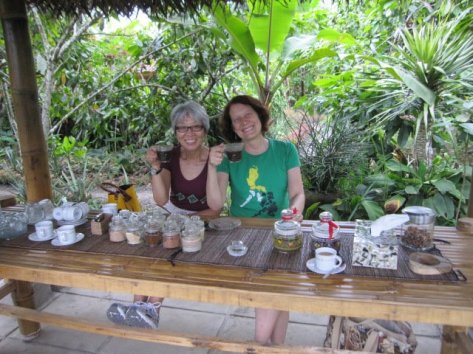
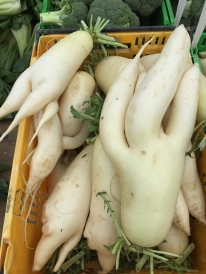


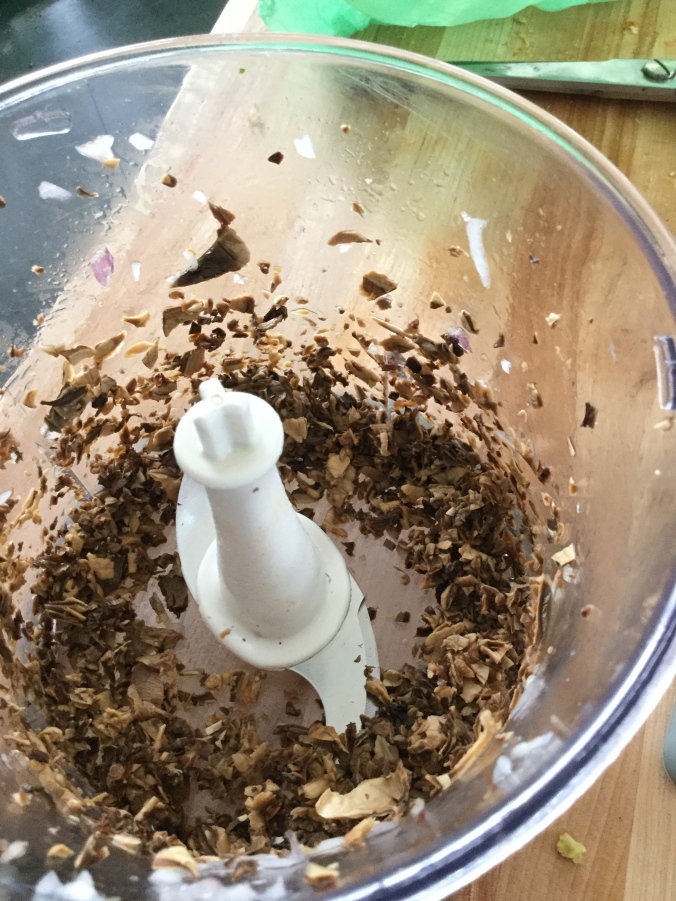

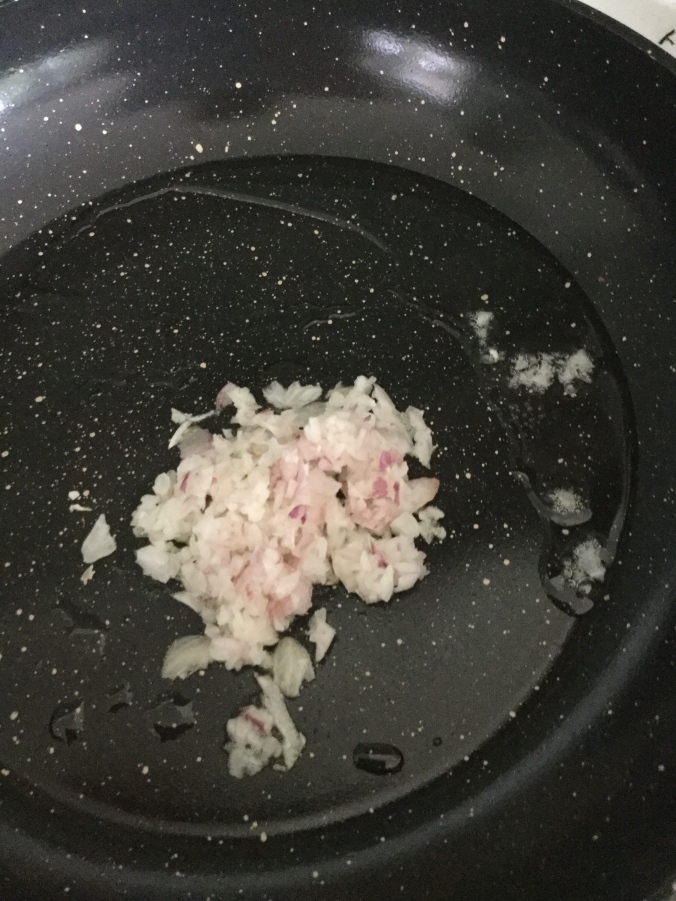
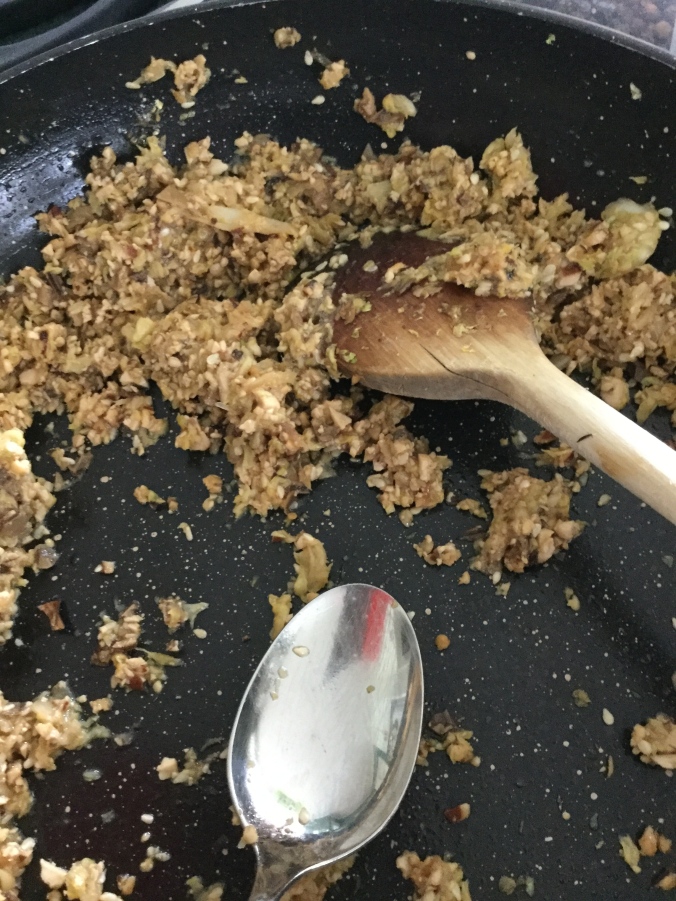
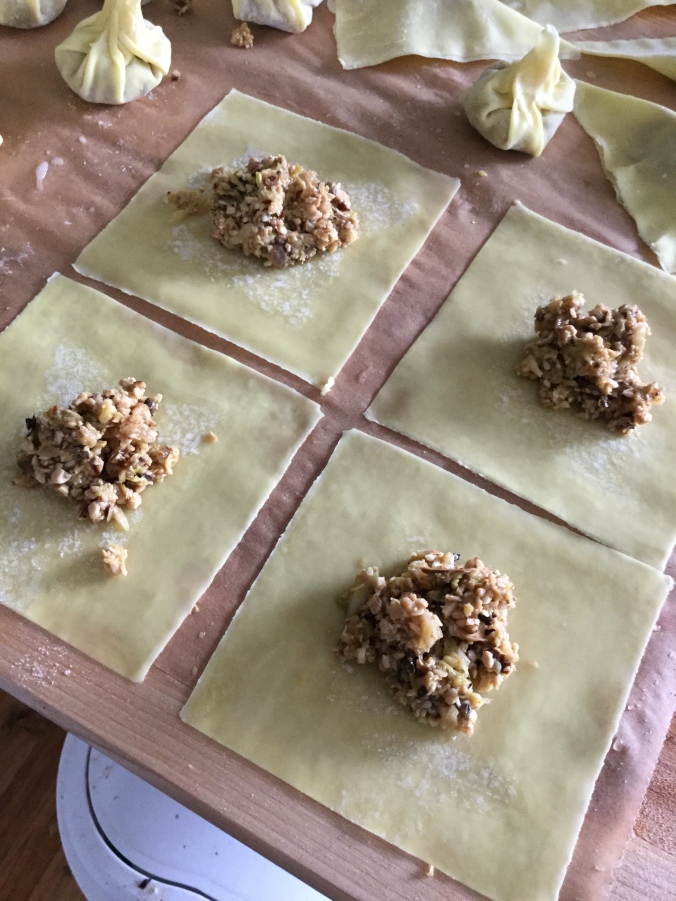
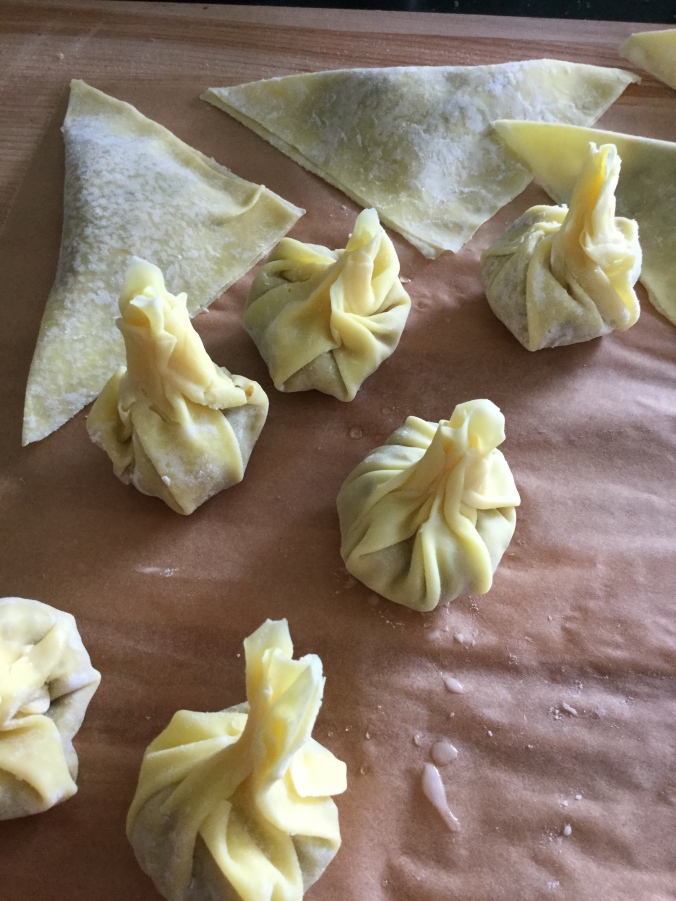

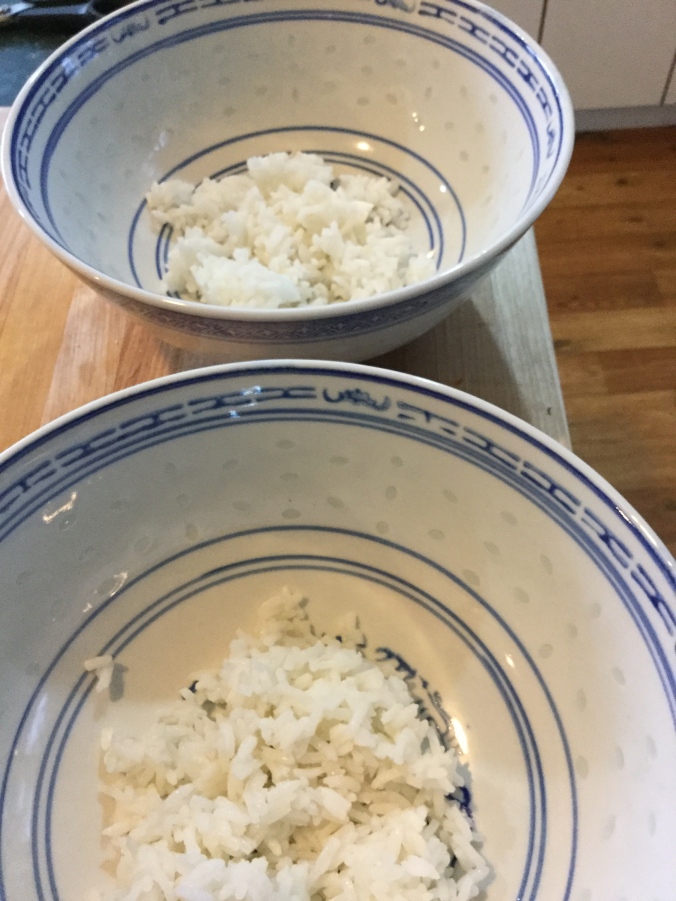









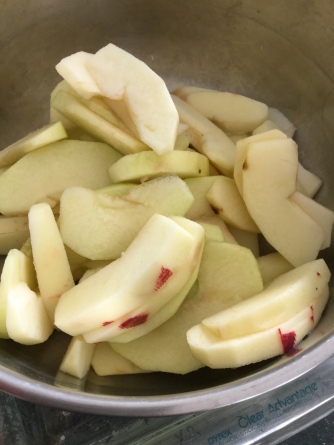








 Now they are a national franchise and they have wandered from their Memphis roots. RH&B now offers five different sauces, <gasp> Barbecue Brisket, and <double gasp> pulled chicken. The original, homey, hole-in-the-wall location in Arlington has, sadly, closed.
Now they are a national franchise and they have wandered from their Memphis roots. RH&B now offers five different sauces, <gasp> Barbecue Brisket, and <double gasp> pulled chicken. The original, homey, hole-in-the-wall location in Arlington has, sadly, closed.

 I used Penzy’s Ozark Blend, which is very black peppery. Think Col. Sanders secret herbs and spices. If you don’t live in the United States and can’t get Penzy’s excellent spice blends, use whatever spices you like. And next time you are in the US, find a Penzy’s store and stock up! You can mail order, too.
I used Penzy’s Ozark Blend, which is very black peppery. Think Col. Sanders secret herbs and spices. If you don’t live in the United States and can’t get Penzy’s excellent spice blends, use whatever spices you like. And next time you are in the US, find a Penzy’s store and stock up! You can mail order, too.





















 decided to take up something — meditation, daily prayer, volunteering, swimming — in the hope that what started as a seasonal discipline would become a habit. It worked the year I challenged myself to go to the gym every day. I initially took up yoga as a Lenten discipline. That stuck too, for a while.
decided to take up something — meditation, daily prayer, volunteering, swimming — in the hope that what started as a seasonal discipline would become a habit. It worked the year I challenged myself to go to the gym every day. I initially took up yoga as a Lenten discipline. That stuck too, for a while.

 Another year, I pledged to read Moby Dick, my lifelong literary bête noir. The. Most. Boring. Novel. Ever. Written. I failed. I’d rather spend forty days wearing a hair shirt. Note to l’Académie française: I’ll give up my circonflexe when you pry it from my cold, dead fingers. If for no other reason, because without it, my spell checker keeps changing bête to bets or beets.
Another year, I pledged to read Moby Dick, my lifelong literary bête noir. The. Most. Boring. Novel. Ever. Written. I failed. I’d rather spend forty days wearing a hair shirt. Note to l’Académie française: I’ll give up my circonflexe when you pry it from my cold, dead fingers. If for no other reason, because without it, my spell checker keeps changing bête to bets or beets.


 Too much of a sacrifice. As much as I admire Mary, giving up baking would rob me of one of my most important emotional outlets. Simon and the boys might appreciate my giving up the accordion, but I wouldn’t want to lose my place with my lovely accordion teacher, Katie. The Kale Whisperer can’t give up Kale.
Too much of a sacrifice. As much as I admire Mary, giving up baking would rob me of one of my most important emotional outlets. Simon and the boys might appreciate my giving up the accordion, but I wouldn’t want to lose my place with my lovely accordion teacher, Katie. The Kale Whisperer can’t give up Kale.










